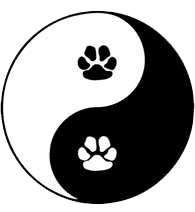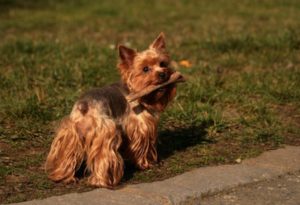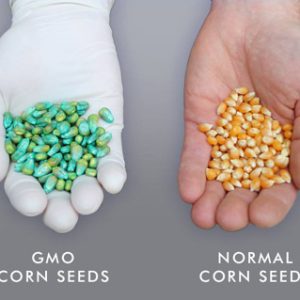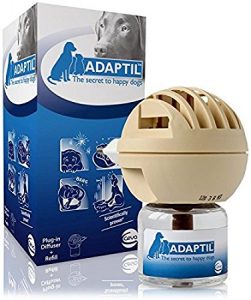Listen to this post |
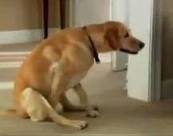 Disease of the anal sacs occurs in about one in 5 dogs, and about 1 in 30 cats based on my own clinical experience. Before discussing natural options for dealing with this issue, it is important to first explain why disease occurs in the first place.
Disease of the anal sacs occurs in about one in 5 dogs, and about 1 in 30 cats based on my own clinical experience. Before discussing natural options for dealing with this issue, it is important to first explain why disease occurs in the first place.
Under normal circumstances, the function of the anal sacs, pouches that exist at approximately 9 o’clock and 3 o’clock positions in the rectal wall about 1-3 cm proximal to the anal sphincter, is to collect secretions from the anal glands. When a dog or cat defecates, the pressure of the feces passing through expresses the anal sacs and the anal glandular secretion then coats the feces, giving it a scent that is distinct to the animal.
Anal sacs disease begins with poor anatomical conformation leading to decreased ability to fully empty, and rather than get excreted, the fluid remains in the anal sacs. Over time, as the sacs continue to distend with unexpressed fluid, they begin to cause irritation and the pet will often begin to scoot. If left too long, dogs and cats can develop abscesses from ascending infections the static fluid has predisposed the anal sacs to.
Management early on is simple, where the veterinarian performs a manual expression of the anal sacs. In the case of infection, sometimes a course of antibiotics needs to be completed, as it is too painful to attempt to empty the contents, plus surrounding tissue may also in infected secondarily. In chronic cases of dogs and cats with anal sacs issues, the development of scar tissue can lead to further inability for the anal sacs to naturally empty, thus exacerbating the problem. This makes manual expression difficult for the veterinarian and the pet, sometimes necessitating surgical removal of the anal sacs.
When discussing natural management of disease of the anal sacs, it is in most cases unrealistic to assume that we will be able to create circumstances where manual expression will not be necessary. However, in many cases, we can significantly decrease the frequency of anal sacs expression by taking a few simple measures. While there are usually inherited contributing factors that lead to reduced anal sacs emptying, there is one major factor that is human caused: pet obesity. Obesity is known to either contribute to, or even be the primary cause for, reduced anal sacs emptying. Thus, if your pet has anal sacs problems and is overweight, enact a dietary portion and calorie control plan to get weight off as a first step.
This segues nicely into this next strategy to help with disease of the anal sacs, which is to increase fiber. Fiber bulks up stools, thereby increasing the potential for the anal sacs to get expressed more effectively and empty more efficiently. For overweight pets, you can kill two birds with one stone by feeding a high fiber, prescription weight control diet. Diets such as Hills R/D and Hills W/D will not only get weight off of pets because much of what they are eating in these diets is fiber that fills the tummy but is not absorbed, but all that fiber effectively bulks up the stool.
If your pet has anal sacs issues and is not obese, or you are a pet owner committed to feeding grain free, another method to increase fiber is by adding canned pumpkin to the diet. The dose is about 1/8 of a teaspoon per 10 pounds of body weight added to the food once daily. Another source of fiber one can add to the food is psyillium. Psyllium is a common additive in commercial natural regularity supplements, and a simple Google search for “veterinary psyllium” will lead to several different dog and cat product options. This is a nice option for cats that may not be thrilled about having canned pumpkin in their food, but be certain to purchase a non-scented/non-flavored formula for your cats if you choose this route.
Dr. Roger Welton is a practicing veterinarian and highly regarded media personality through a number of topics and platforms. In addition to being passionate about integrative veterinary medicine for which he is a nationally renowned expert, Dr. Welton was also an accomplished college lacrosse player and remains to this day very involved in the sport. He is president of Maybeck Animal Hospital , runs the successful veterinary/animal health blogs Web-DVM and Dr. Roger’s Holistic Veterinary Care, and fulfills his passion for lacrosse through his lacrosse and sport blog, The Creator’s Game.
